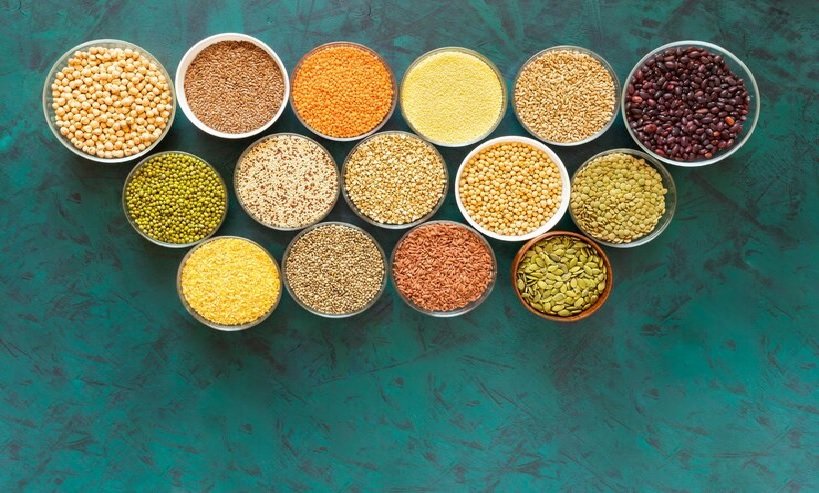Farmers' interest in pulses cultivation remains intact
25-Jun-2025 08:32 PM

New Delhi. Although the domestic market prices of major pulses have softened due to various factors, farmers continue to show strong interest in their cultivation.
This sustained enthusiasm is driven by two key reasons: a substantial increase in the Minimum Support Price (MSP) for tur and urad, and the gradual strengthening of the monsoon.
In some regions, pulses remain the only viable cropping option for farmers. Additionally, the government has assured 100 percent procurement of tur and urad from farmers at MSP, providing them with further confidence.
As of June 20 this year, the total area under pulse cultivation at the national level increased significantly—from 6.63 lakh hectares to 9.44 lakh hectares.
However, within this, the sowing area of arhar (tuvar) slipped slightly from 2.61 lakh hectares to 2.48 lakh hectares due to inadequate rainfall in key producing districts of Maharashtra and Karnataka.
Farmers in those regions have been advised to avoid taking risks. On the other hand, the area under urad has more than doubled, rising from 62 thousand hectares to 1.39 lakh hectares, while the area of moong expanded from 2.67 lakh hectares to 4.43 lakh hectares. The area under other pulses like kulthi and moth also increased from 74 thousand hectares to 1.02 lakh hectares.
It is expected that the sowing of pulses will pick up further pace during July and August, when rainfall usually improves in most regions.
This is likely to boost the total area under pulses cultivation and result in better production, which would help reduce the country's dependence on imports.
The government has raised the MSP of tur from ₹7,550 to ₹8,000 per quintal and that of urad from ₹7,400 to ₹7,800 per quintal. The MSP for moong has also been raised by ₹86 per quintal.
